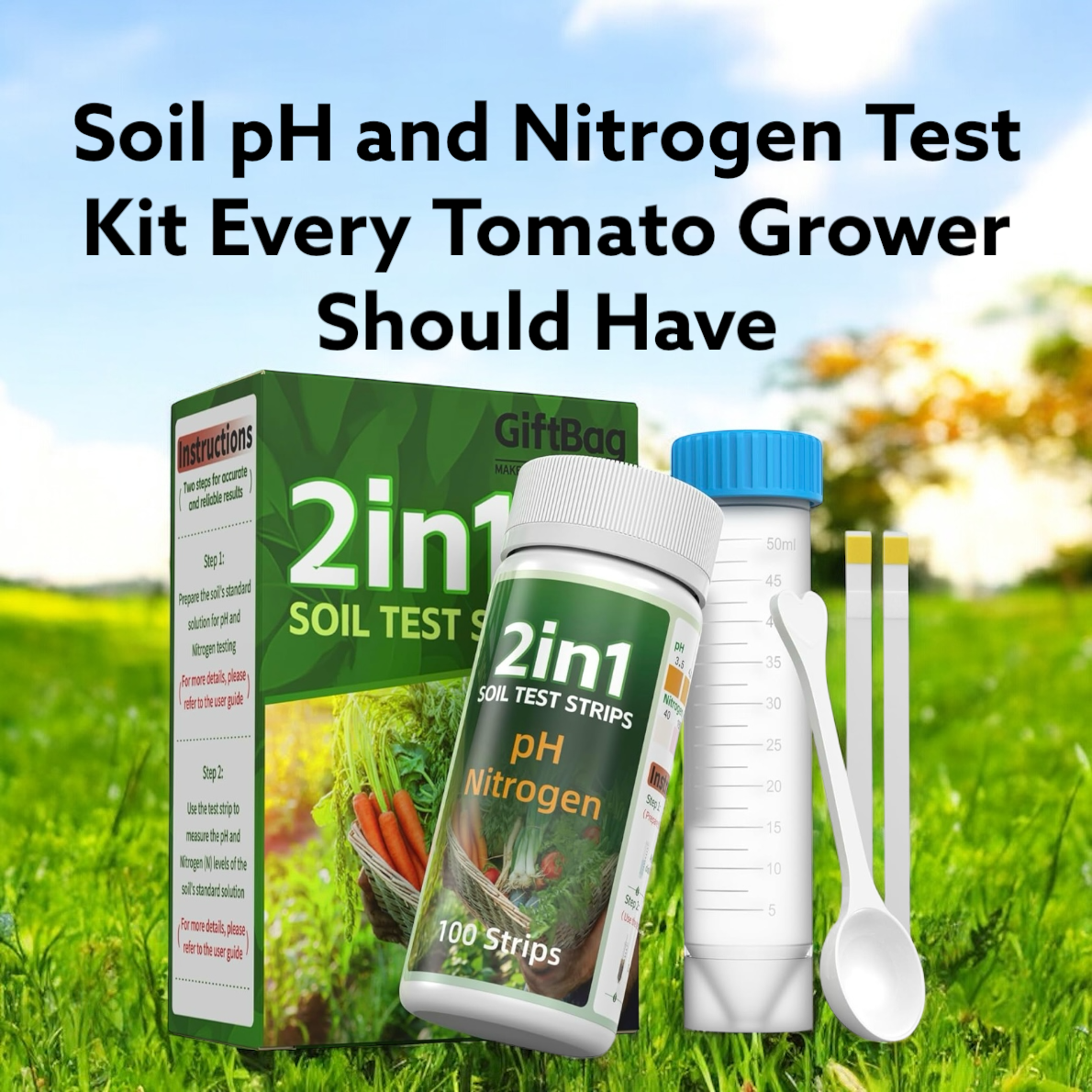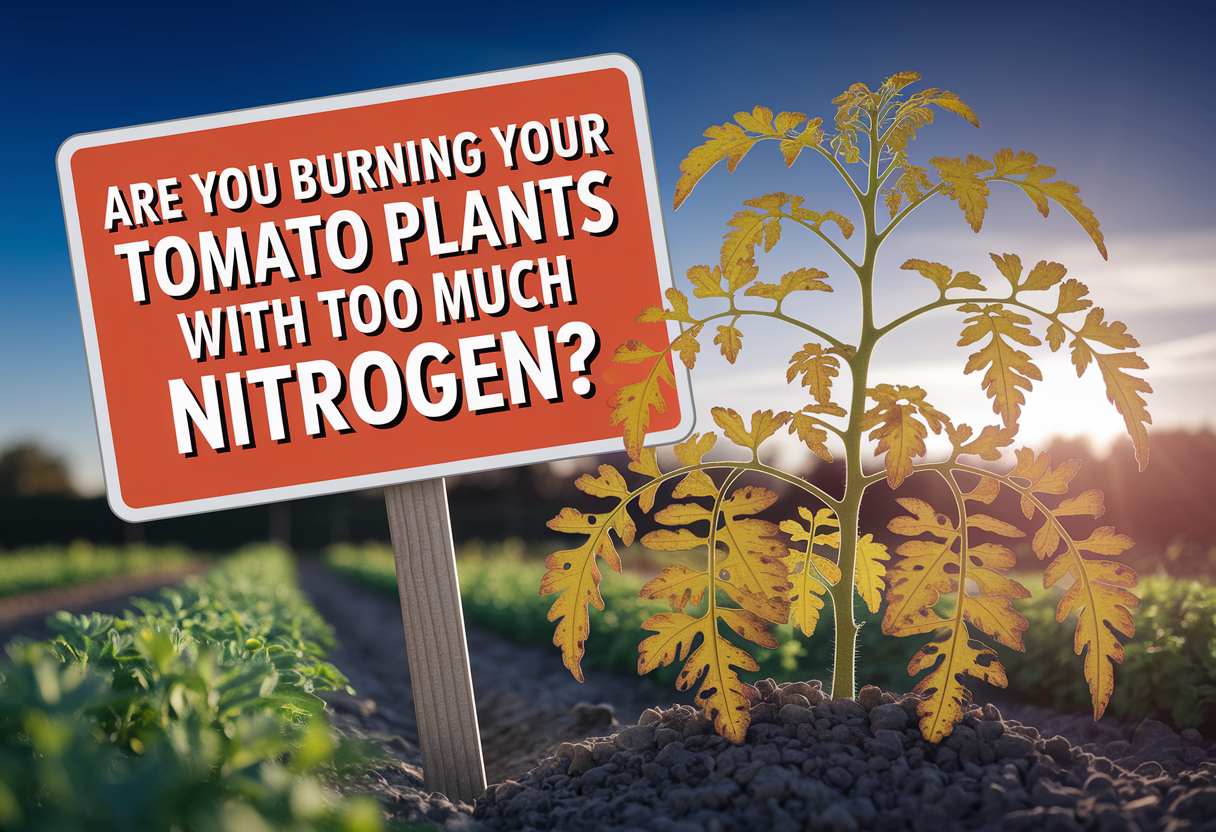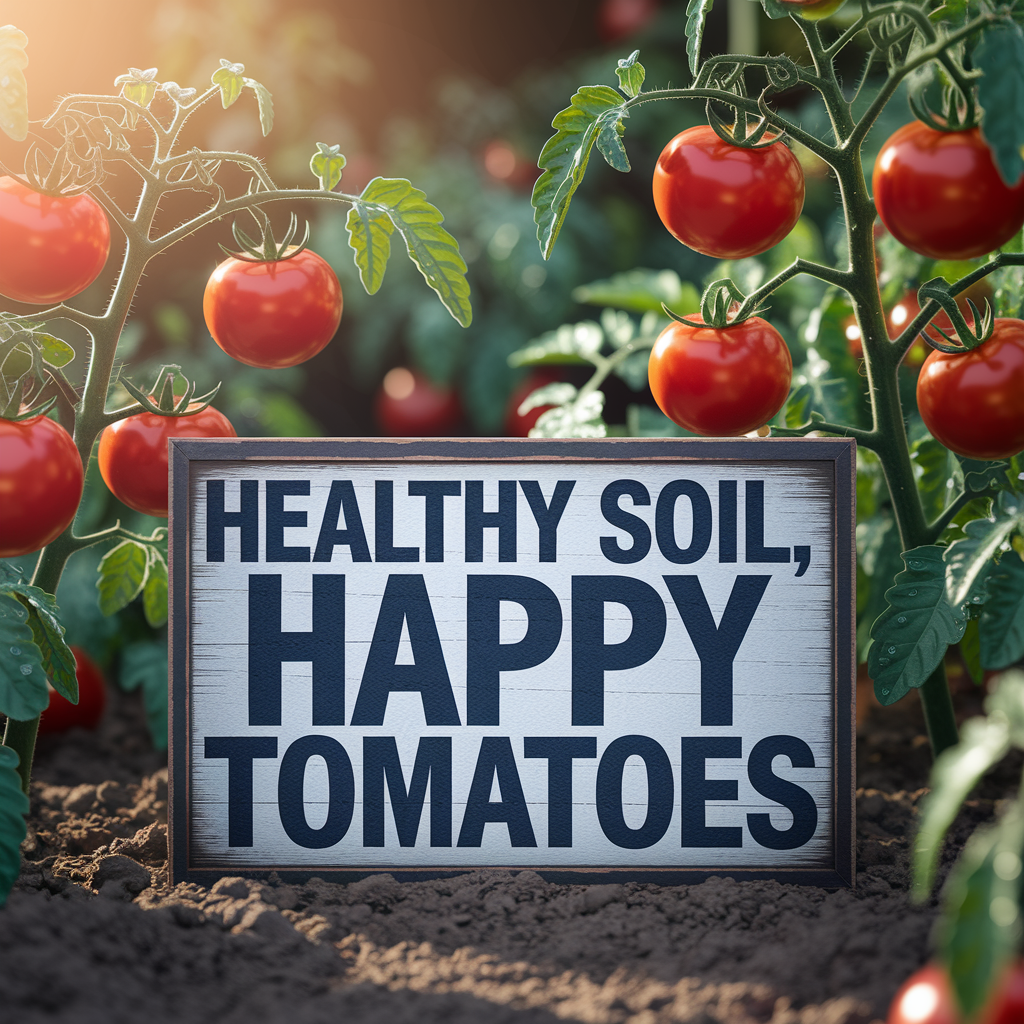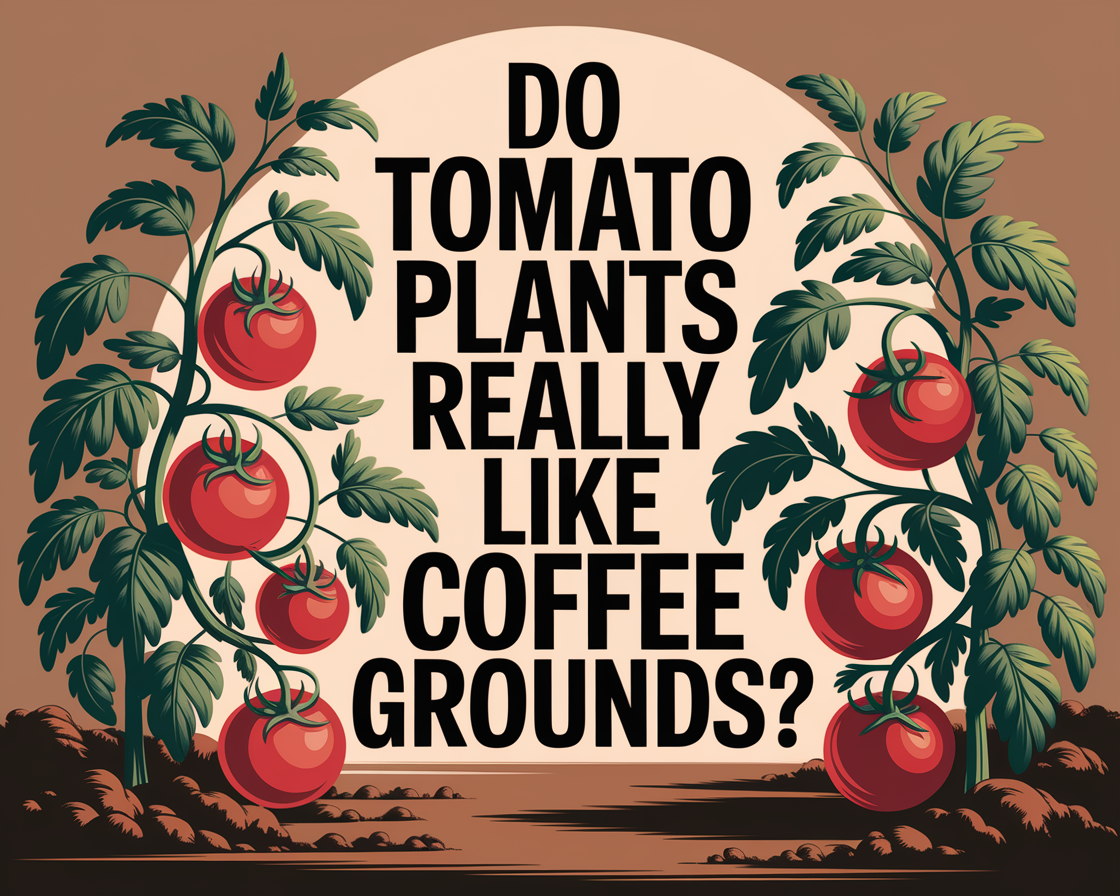
Do Tomato Plants Like Coffee Grounds? Let’s Talk Dirty (Literally)
When I first started growing tomatoes, I had no idea coffee grounds were even a “thing” in gardening. Then I kept hearing it over and over—add coffee grounds to your soil! At first, I figured it was just another internet hack. But once I got curious (and tired of tossing out perfectly good compost material), I did some digging.
Coffee grounds are full of nitrogen, they’re biodegradable, and they’re basically free if you’re a daily coffee drinker like I am. But before you go dumping your French roast all over your tomato patch, let me tell you what actually works—and what backfired for me.
Also, if you’re planting in containers like I often do, make sure you’re starting with the best tomato soil mix for pots before even thinking about additives.

The Perks: Why Coffee Grounds Might Help Tomatoes Grow Stronger
Now, when used correctly, coffee grounds can definitely help your tomato plants. Here’s why:
- High in nitrogen – perfect for leafy growth in the early stages.
- Great organic matter – helps break up dense soil and improve drainage.
- Worm food – earthworms love coffee grounds, and worms make soil better.
- Natural and free – that daily coffee habit might actually be helping your garden.
But keep in mind, this isn’t some magic fertilizer. It’s a supplement, not a replacement.
Ready for the real benefit? Coffee grounds helped me cut down on waste and gave my compost pile a nice boost. Just don’t overdo it. Up next: why too much of a good thing can ruin your crop…
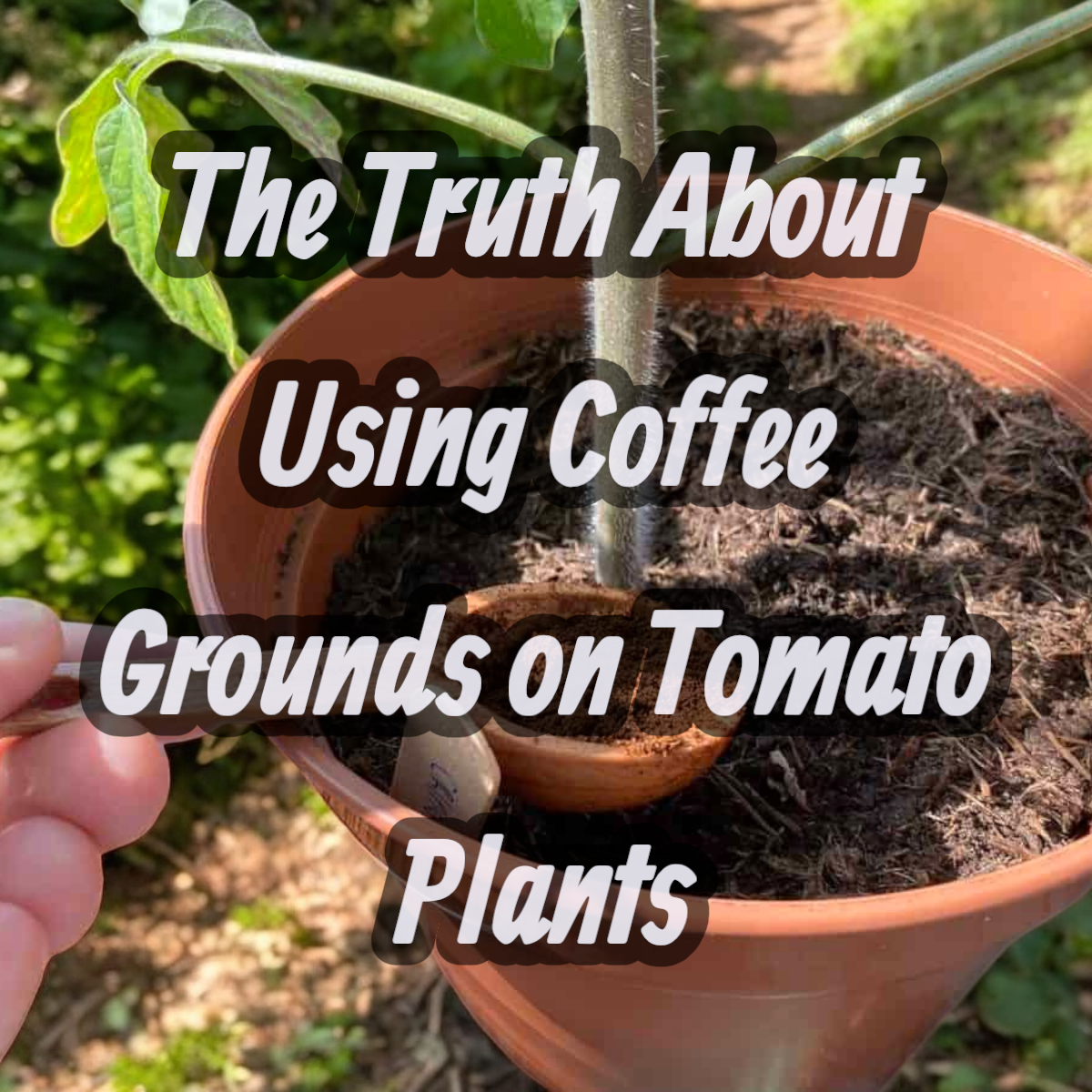
The Downside: When Coffee Grounds Do More Harm Than Good
When I first got excited about using coffee grounds, I overdid it. Like… a lot. I mixed in straight coffee grounds right around the base of my tomato plants—and they let me know real quick that it was too much. The leaves started curling, and growth slowed down. I later learned that coffee grounds can compact and form a crust that blocks water and air.
Also, coffee grounds are acidic, which sounds great if your soil is too alkaline. But most tomato plants actually prefer a slightly acidic to neutral pH. So dumping in too much can throw off the balance fast.
If your tomato leaves are curling or looking weak, check out this guide on leaf curling issues to troubleshoot beyond just soil problems.

How to Use Coffee Grounds the Right Way With Tomatoes
After some trial and error, here’s what worked for me—and it’s really simple:
- Mix small amounts into compost – not more than 20% of the total volume.
- Use them as mulch—but mix them in – never just spread a thick layer on top.
- Water well afterward – this helps prevent compaction and distributes nutrients.
- Use spent grounds – don’t dump in fresh ones straight from the bag.
When used as part of a healthy garden routine, coffee grounds are a helpful boost. And hey, if you’re looking for a full system, my wire trellis setup for supporting tomato plants also made a huge difference. You can read how I built it here: smart trellis idea for supporting tomatoes.
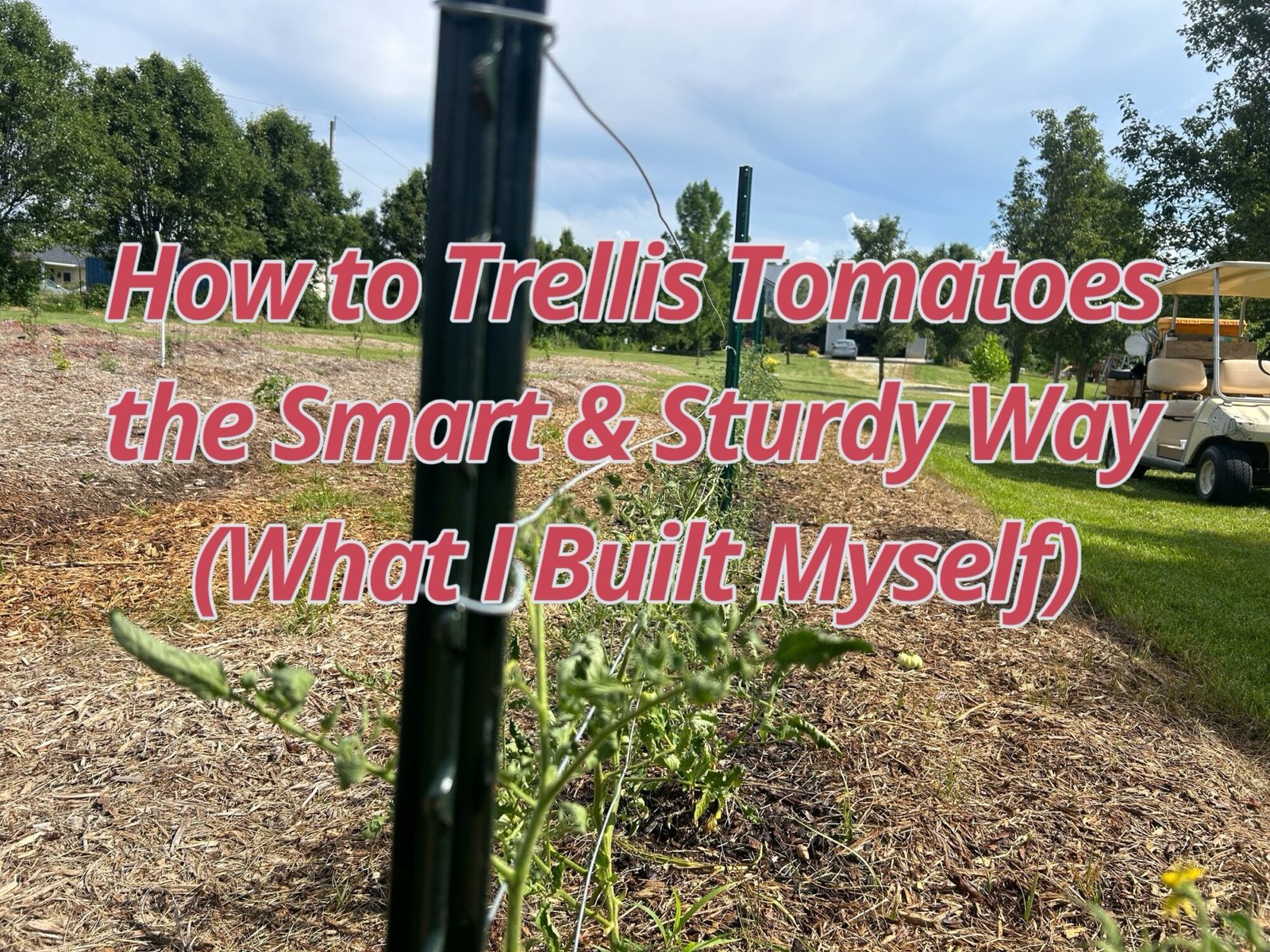
Do Coffee Grounds Keep Tomato Pests Away?
Some folks swear coffee grounds help repel pests like slugs, aphids, and even cats. Personally, I’ve noticed fewer slugs in areas where I lightly sprinkled used grounds. The texture is gritty, and the caffeine content might deter soft-bodied insects, but it’s not a miracle fix.
If your tomatoes are facing serious pest problems (especially hornworms), check out this tried-and-true solution: Sevin Concentrate – the hornworm killer that works. And for an organic option, here’s the best insecticidal soap I’ve used. Both options have helped me keep my tomato plants in one piece!
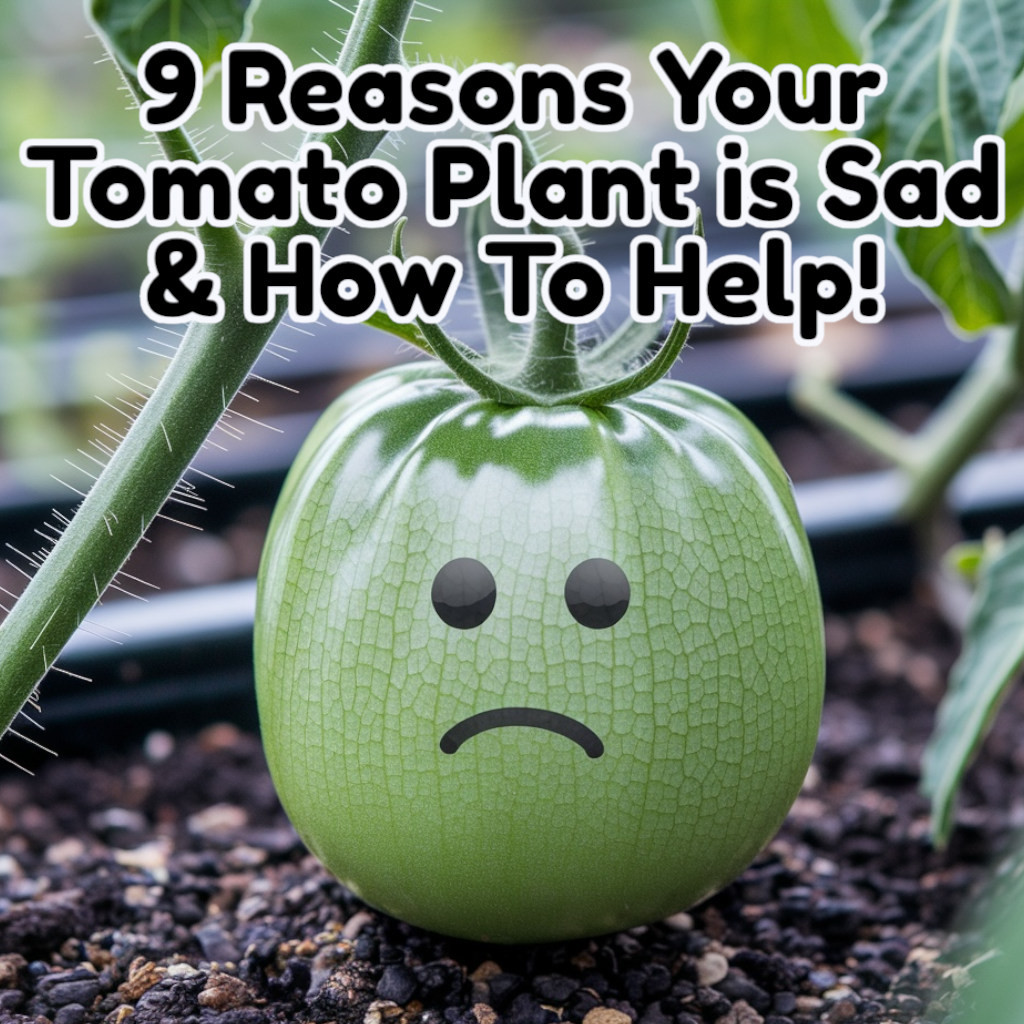
What About Using Coffee Grounds in Seed Starting Mixes?
I tried this once—and learned the hard way. Coffee grounds can retain a lot of moisture, which may seem like a good thing at first, but for seedlings? Not so much. They can cause fungal growth and soggy conditions that lead to damping off (aka sudden seedling death).
If you’re starting tomatoes from seed, go for a balanced seed-starting mix instead. I always start mine indoors in a well-drained setup before moving them into good potting soil like what I break down here: best soil mixture for growing tomatoes in containers.
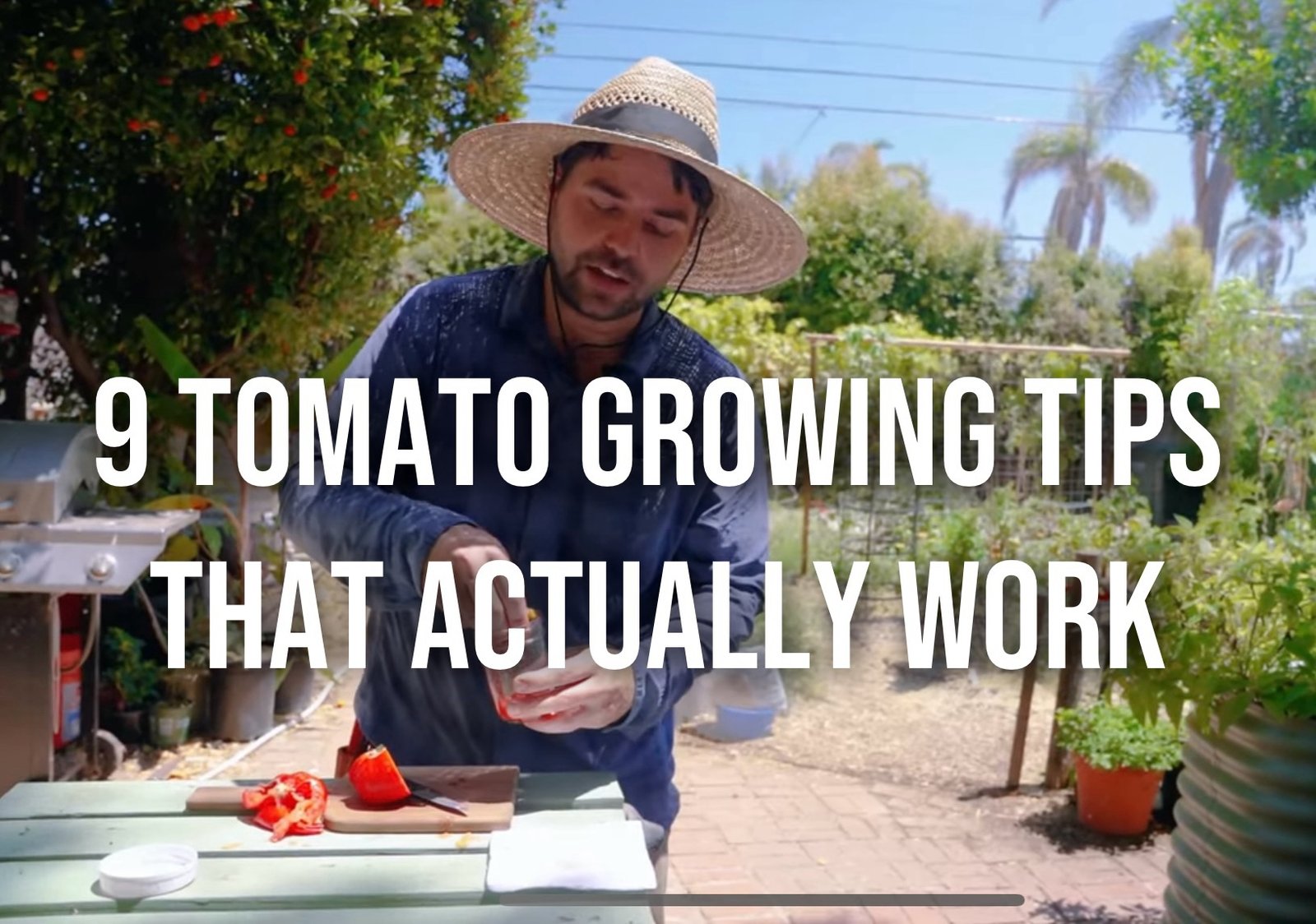
Can Coffee Grounds Help With Tomato Plant Diseases?
There’s a lot of buzz about coffee grounds having anti-fungal properties, but when it comes to actual tomato diseases like early blight, powdery mildew, or blossom end rot, coffee grounds won’t be your miracle cure. What they can do is improve soil health over time by adding organic matter — and that helps your plants resist problems better overall.
Personally, I focus more on prevention than cure. I make sure my plants have adequate calcium to fight off blossom end rot and never let water sit on leaves too long. Want to dive deeper into these issues? I’ve broken them down here:
- Why Are My Tomato Leaves Curling Down? Don’t Panic — Try This First!
- Things I Wish I Knew Before Growing Tomato Plants
Coffee grounds aren’t medicine — but they’re a nice little supplement when added carefully.

How to Properly Add Coffee Grounds to Tomato Plants
Here’s the deal: don’t dump a pile of coffee grounds straight onto the soil. That can cause a clumpy mess, create a water-repelling crust, and even alter your soil’s pH in weird ways.
Here’s the method that works best for me:
- Dry out your used coffee grounds first (a sunny windowsill does the trick).
- Mix them into your compost pile or worm bin. Let them break down first.
- Or, mix a small handful with soil around the base of your tomato plants — no more than once a month.
- Never bury them deep or pack them tightly on top of the soil.
Want to take your fertilizing routine further? I go into my full feeding system in the best tomato fertilizer setup I’ve used.
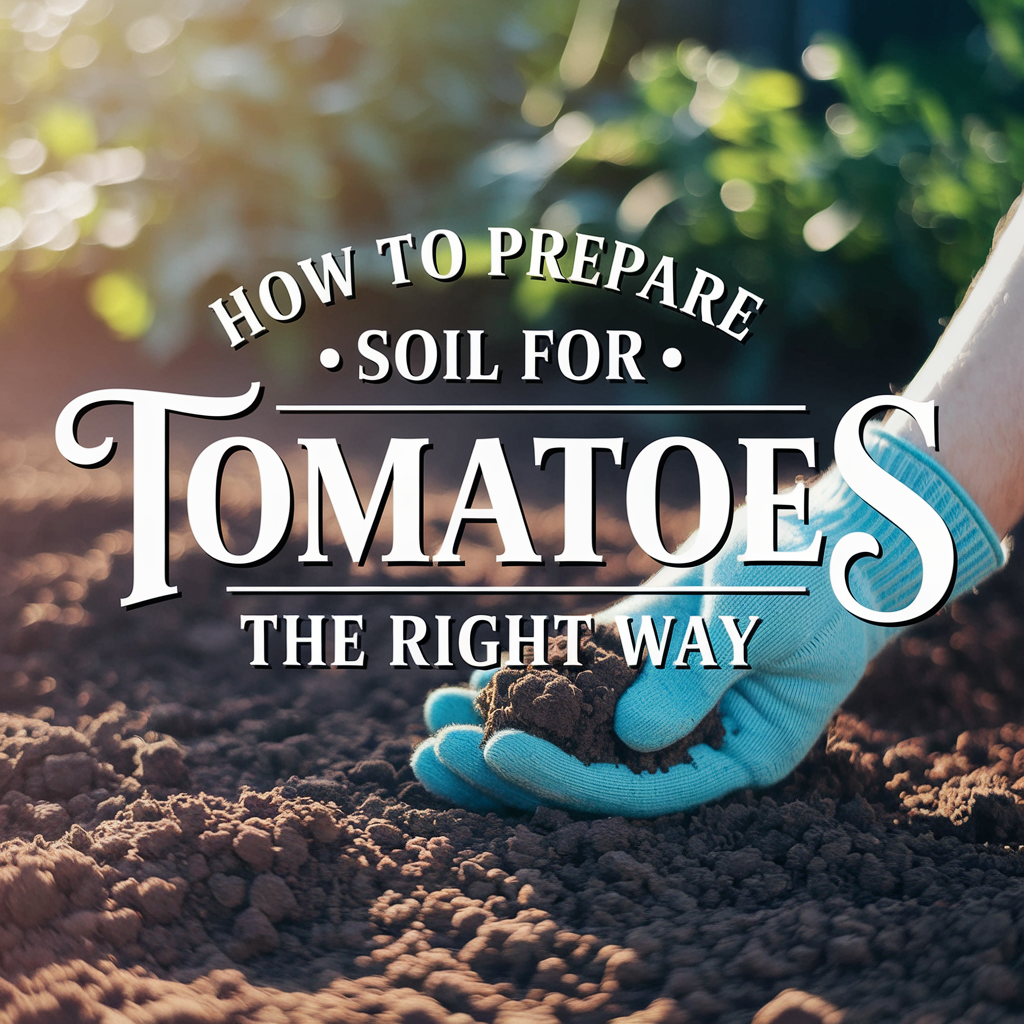
Can Coffee Grounds Replace Fertilizer for Tomatoes?
Short answer? Nope. While coffee grounds do contain some nitrogen, they don’t pack nearly enough of it — or the full range of nutrients — that tomatoes need to thrive.
Tomato plants are heavy feeders, especially once they start flowering and fruiting. They need a balanced mix of:
- Nitrogen for leafy growth
- Phosphorus for strong roots and fruit production
- Potassium for overall plant health and disease resistance
Coffee grounds contribute only a small amount of nitrogen, and even that takes time to break down. That’s why I treat coffee grounds more like a supplement, not a standalone fertilizer.
Want the full lowdown on the best fertilizer routines for tomatoes? Check out my post on how to fertilize tomatoes the right way.
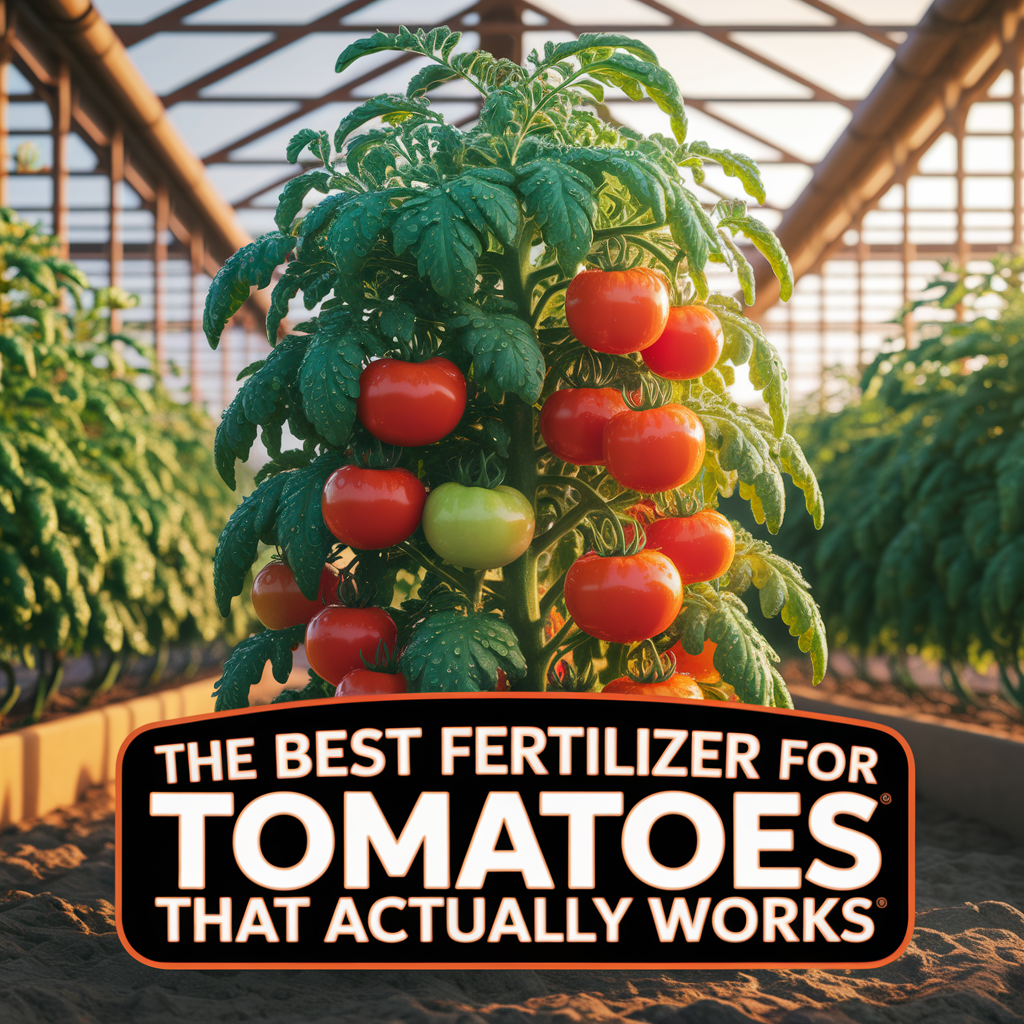
Are Coffee Grounds Good for Tomato Seedlings?
Here’s where I say hold up. When it comes to young tomato seedlings, you want to avoid anything too rich or acidic — and that includes coffee grounds.
Seedlings are delicate. Too much nitrogen or any drastic change in soil pH can burn roots or stunt growth. Instead of using coffee grounds early on, focus on:
- Well-balanced seed-starting mix
- Gentle bottom watering
- Controlled lighting and warmth
I personally wait until my tomato plants are well-established and hardened off outdoors before introducing coffee grounds in small amounts.
Curious about what else I wish I knew before I started planting? I laid it all out in Things I Wish I Knew Before Growing Tomato Plants.
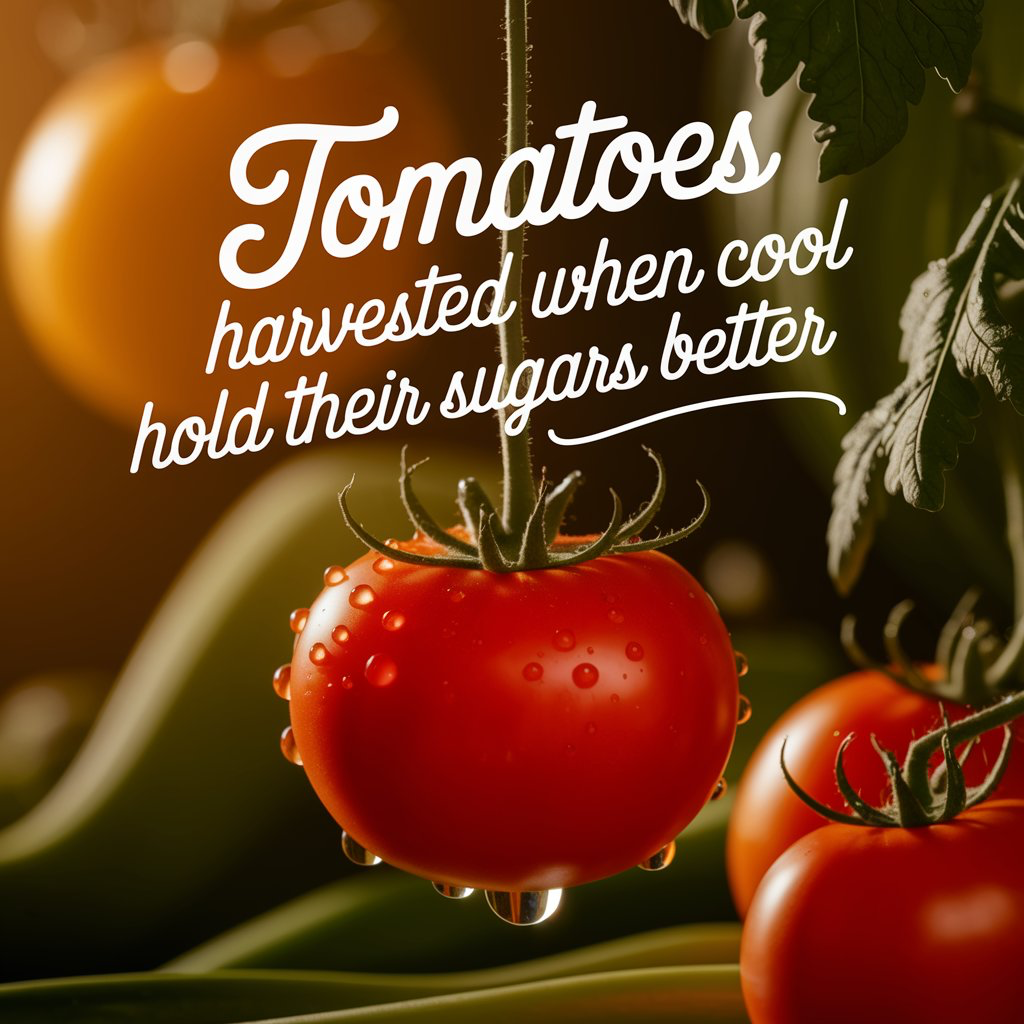
How I Actually Use Coffee Grounds in My Tomato Garden
So here’s what I personally do (and it’s worked for me year after year):
- Collect used coffee grounds throughout the week. I let them dry out to avoid mold.
- Mix a small amount into my compost pile — no more than 10–15% of the total compost volume.
- Work a little into the topsoil around each tomato plant during mid-season, never burying them deep.
- Avoid direct contact with stems or seedlings. I treat coffee grounds like a sidekick, not the main character.
I’ve found that used coffee grounds really shine when they’re part of a well-balanced soil routine — not a replacement for compost, fertilizer, or mulch. When used the right way, they can help with moisture retention, add a small nitrogen boost, and even keep some pests away.
And hey — don’t forget to check out how I mix the best soil blend for tomatoes in containers if you’re growing in pots like I do on the patio. It makes all the difference.
As an Amazon Associate we earn from qualifying purchases through some links in our articles.
